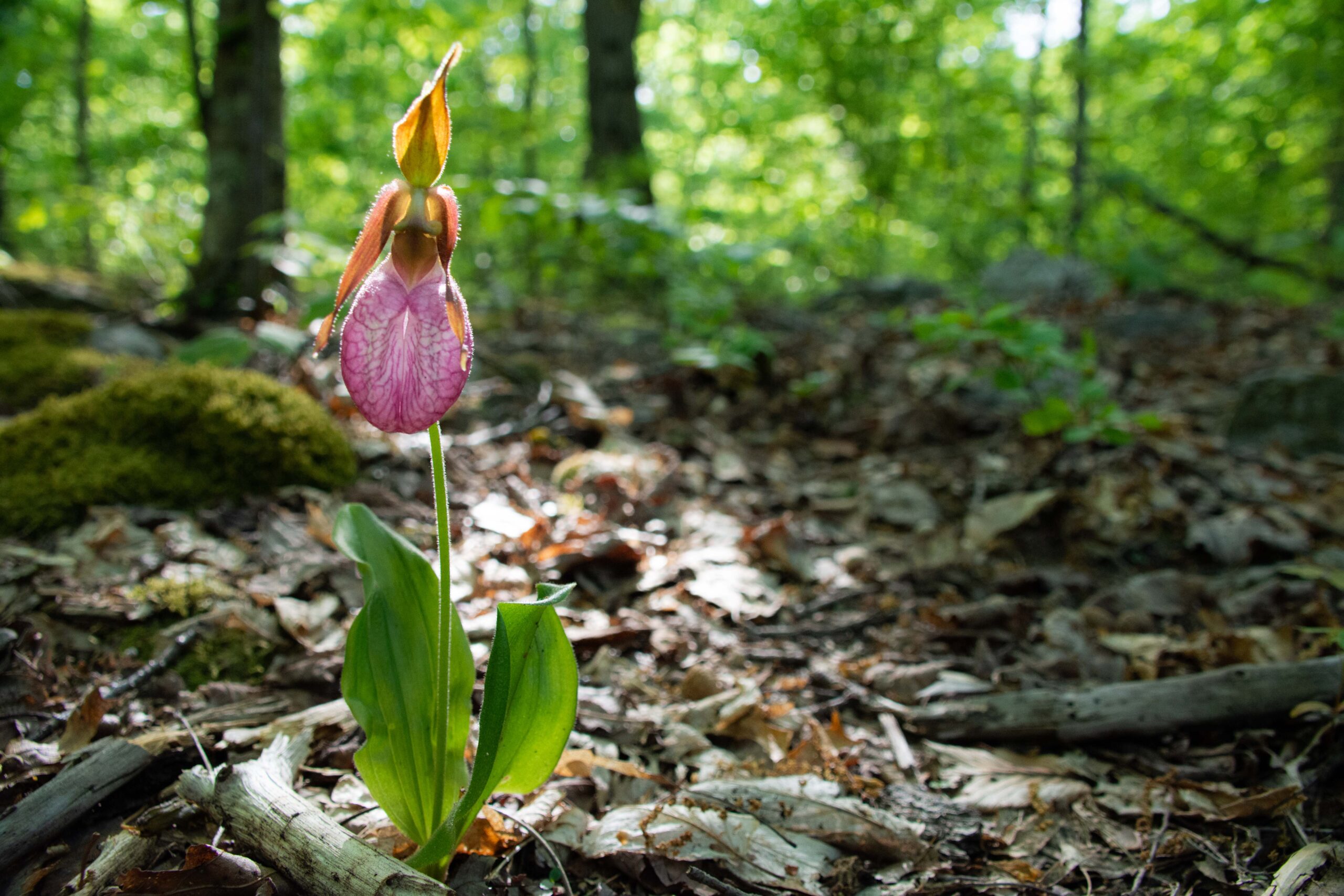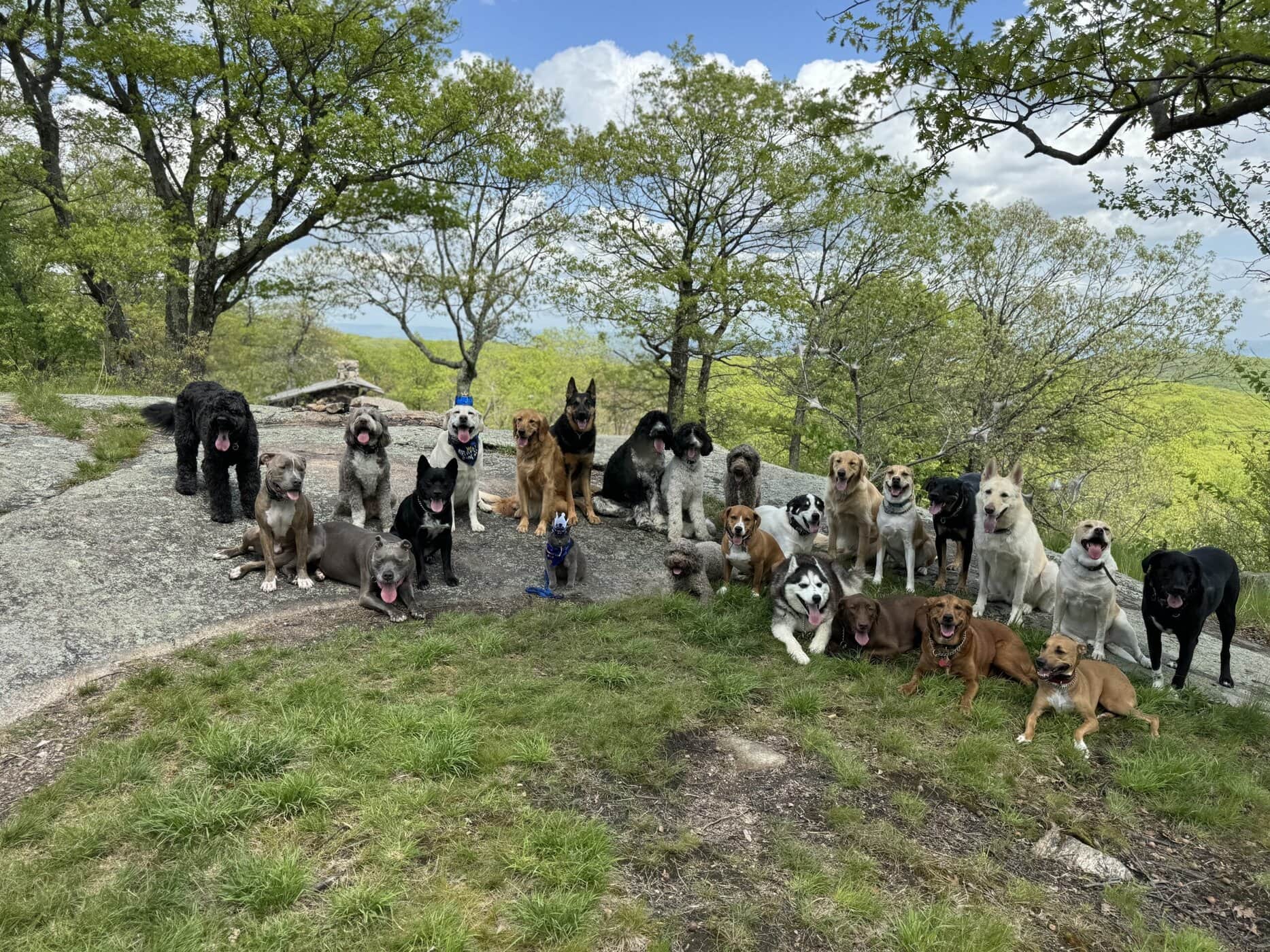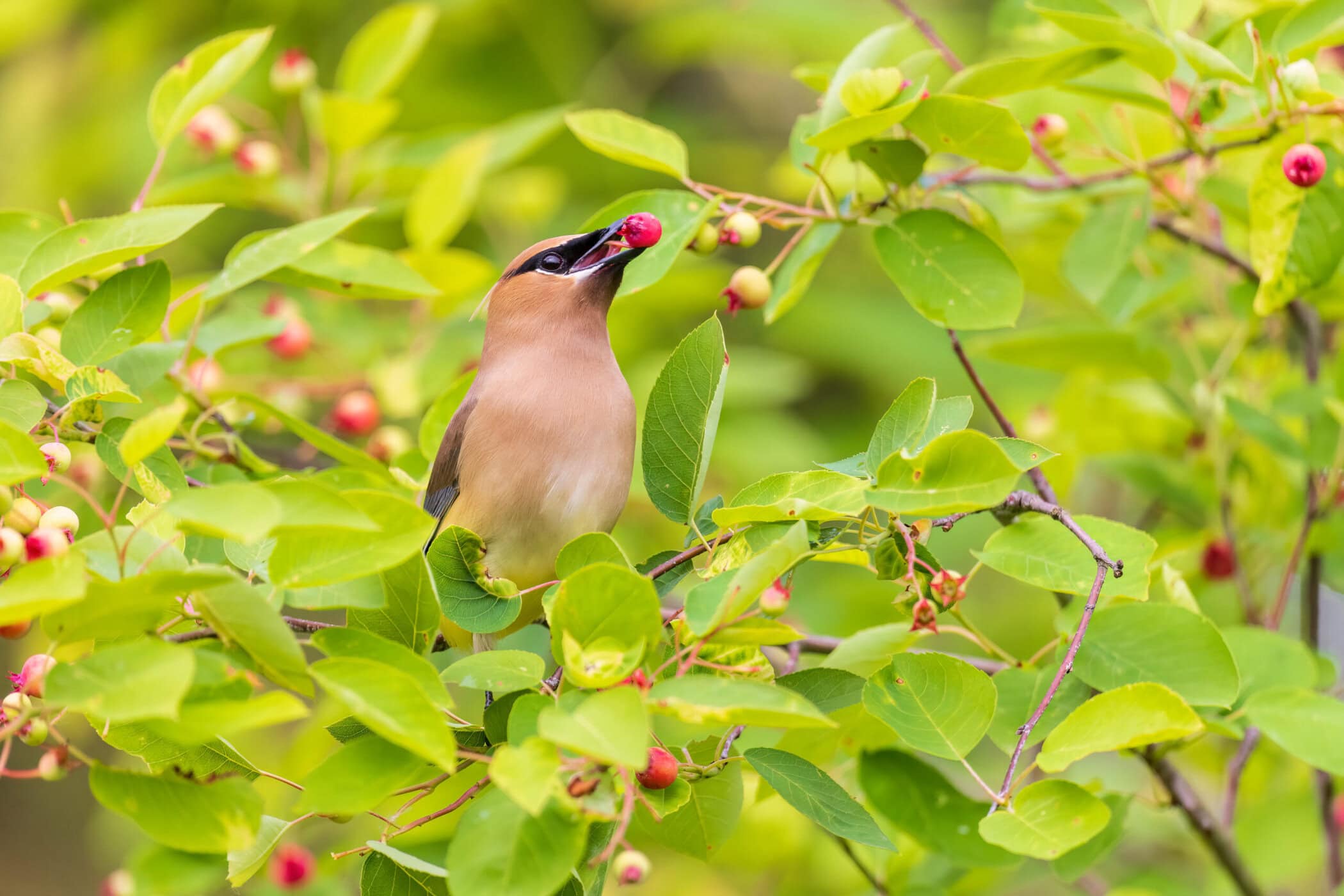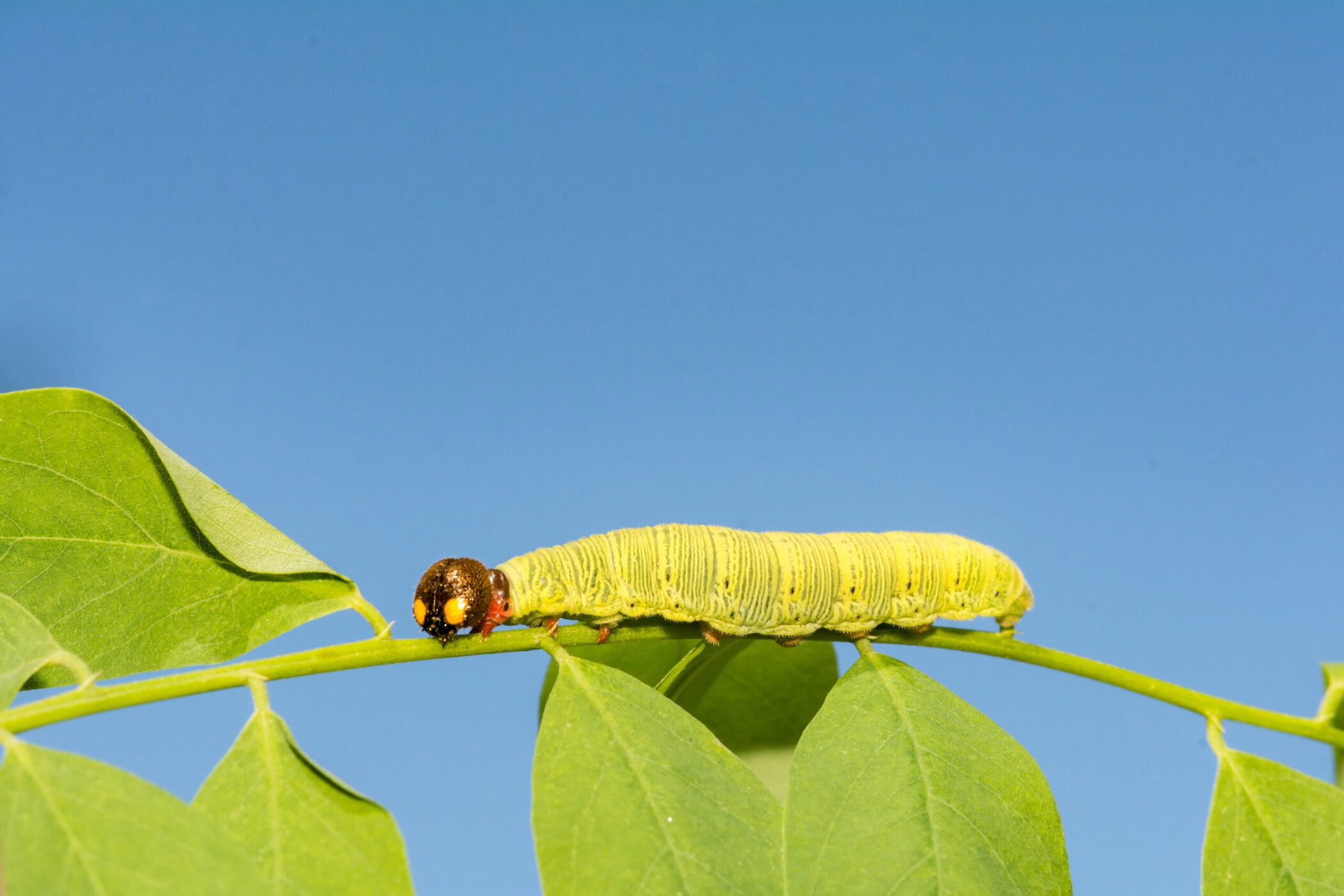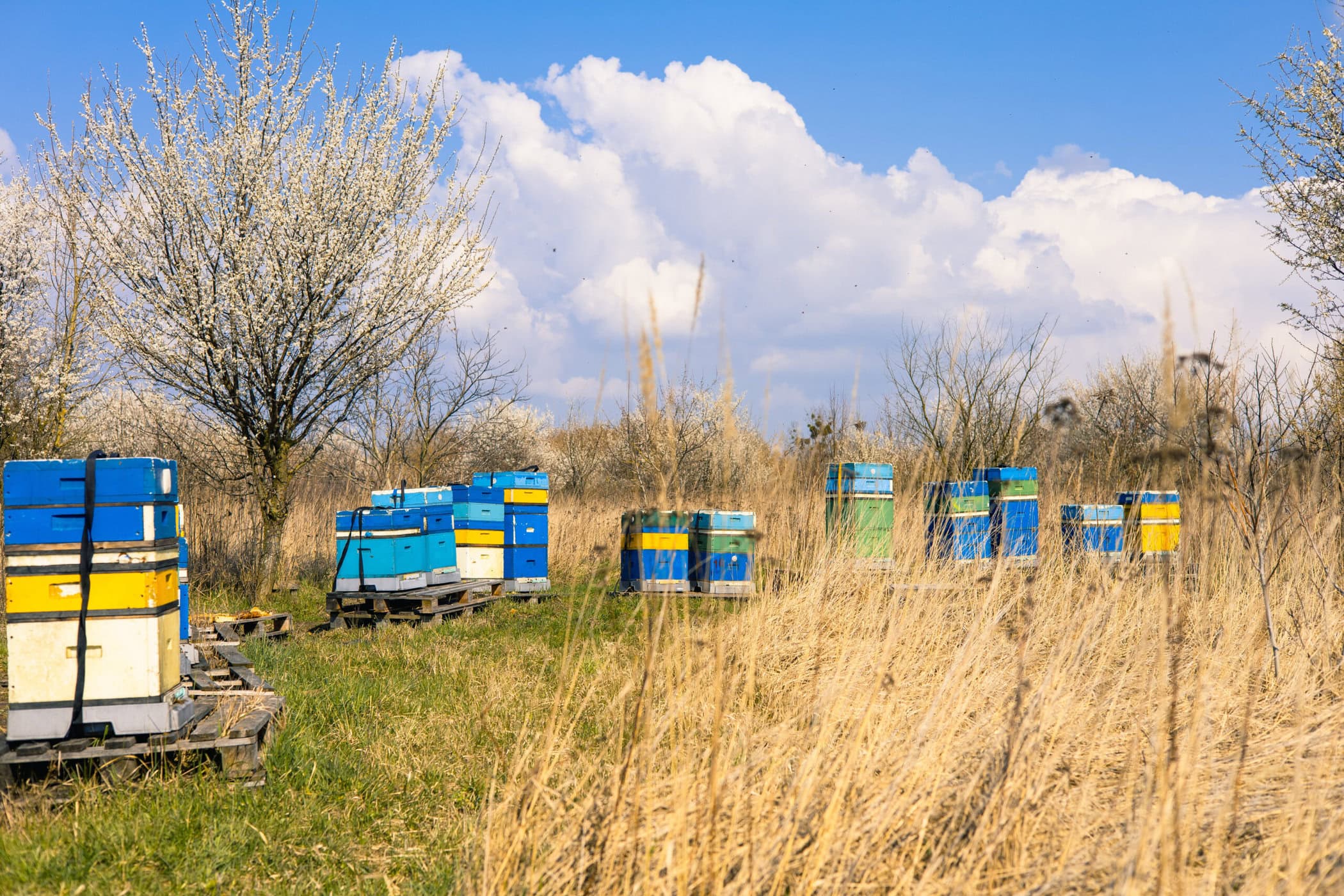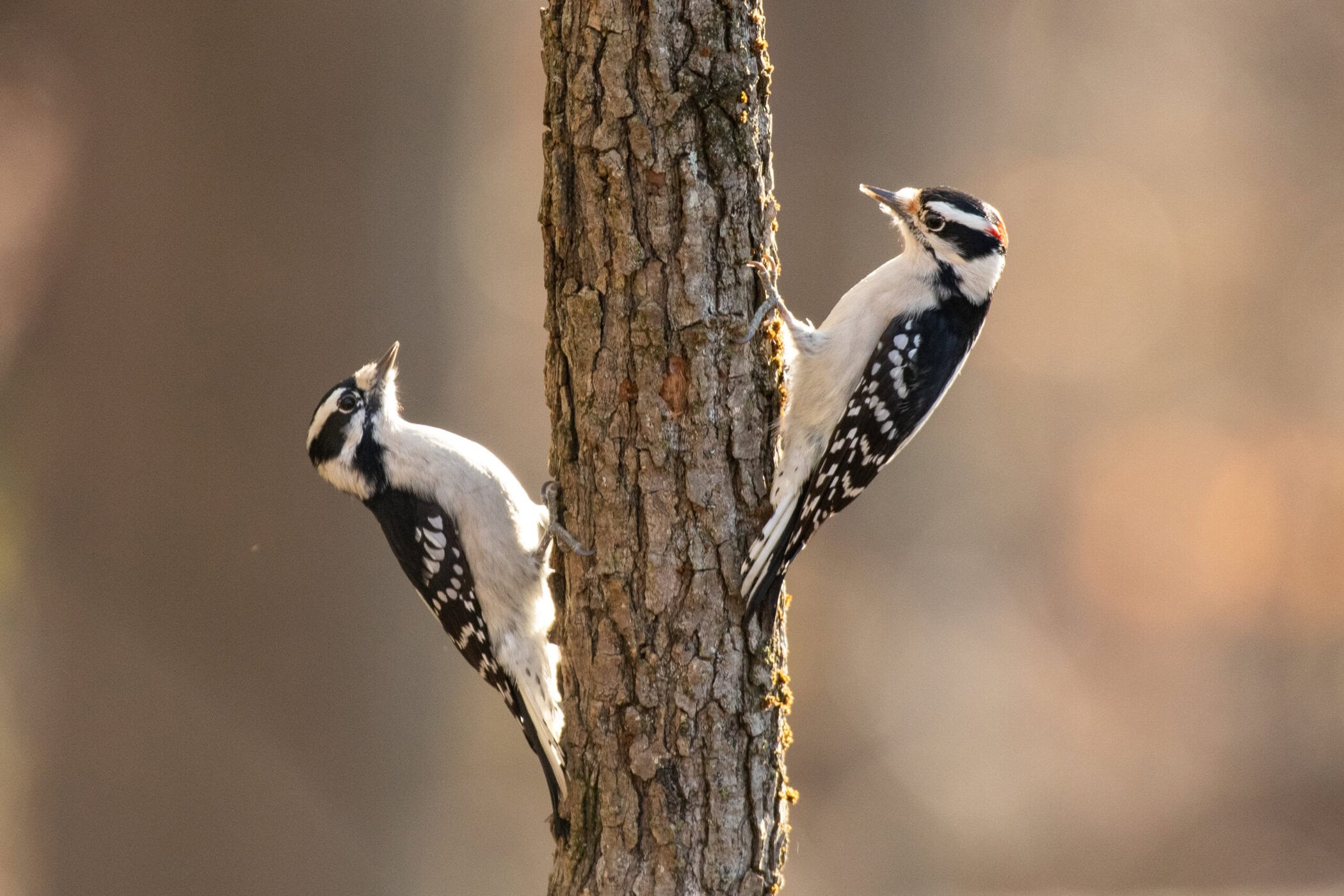Like many, Millbrook resident Liselotte Vince earned her green thumb as a kid years ago, when beauty was the big goal. Whatever perennials or annuals caught her mother’s eye found a spot in their yard. “I don’t think a lot of attention was paid to what kind of plants we were using,” Vince says. “You kind of just bought what was available or appealed to you at the nursery.” Flowers and shrubs were planted to complement the green carpet of a lawn style that originated with Europe’s wealthy landowners, rolled out here in the late 18th century and has been underfoot across the U.S. ever since.
Instead of pollen-rich sunflowers that would support about a dozen bee species, precious space in a typical American yard could be taken up by a number of unfamiliar flowers shipped from some far-off locale. The caterpillars that would otherwise eat the wild grasses and weeds of unkempt lawns might go hungry, unable to continue life as monarchs or further fuel the food chain as sustenance for birds. For decades, very few people thought about how the choices they made caring for their front and backyards affected the ecosystem around them.
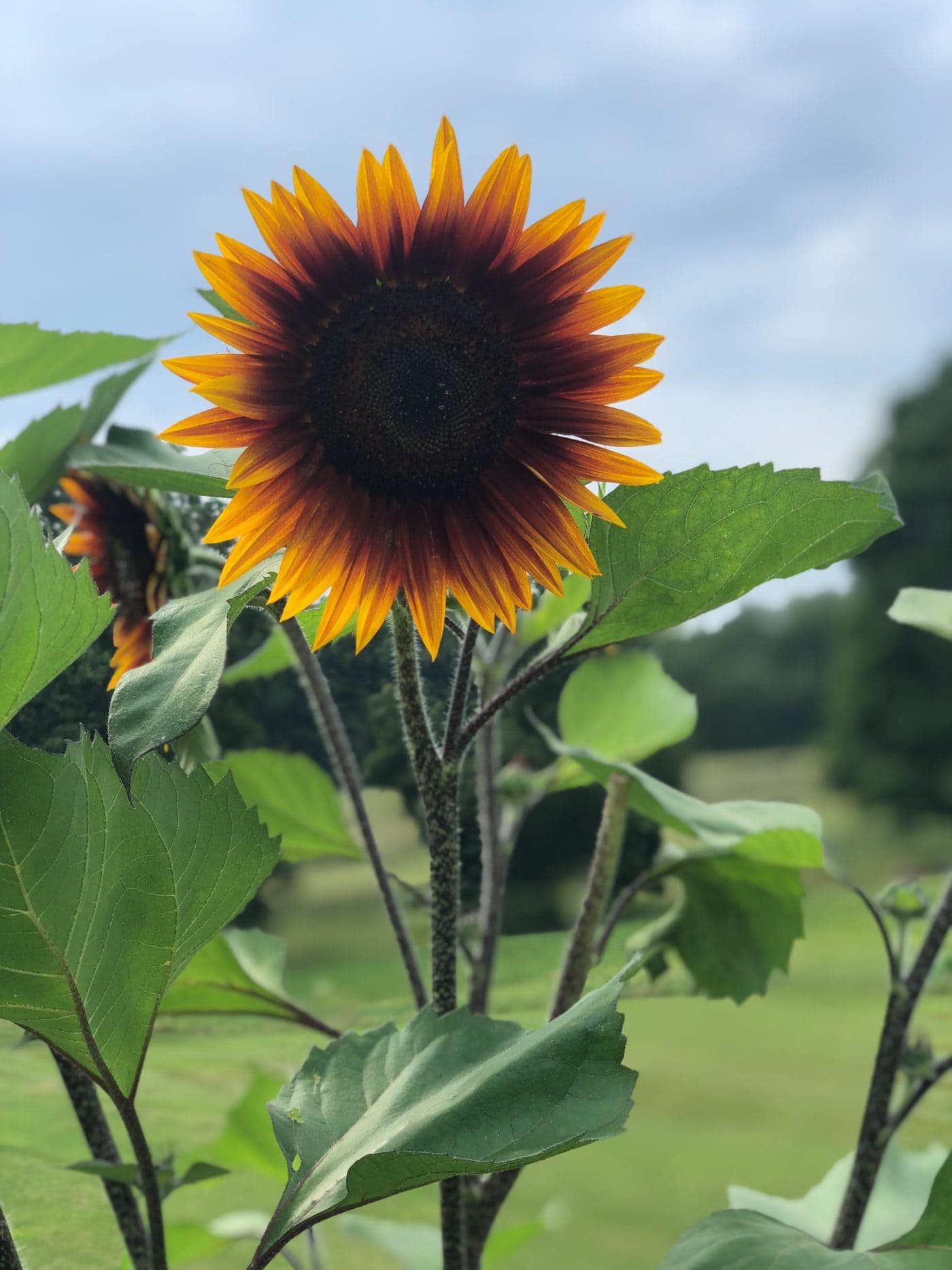
The late Hudson Valley resident Sara Stein was among the select few who considered environmental impact. Her 1993 book, Noah’s Garden: Restoring the Ecology of Our Own Back Yards, shook the gardening world to its core. She advocated for practices that were anything but widespread in the U.S. at the time, including creating wildlife habitat and and planting native species. On her Westchester property, she maintained woodland, prairie, swamp, and rock barren habitats to support biodiversity. (Though she died some 15 years ago, the buyers of her home carefully maintain her land in its pleasantly wild state, and people can still visit the gardens in Pound Ridge on certain open dates).
Nearly 3 decades back, Stein might have sounded like a voice in the wilderness, but in the past couple years, the natural-gardening movement has taken on fresh life. Douglas Tallamy, a University of Delaware entomologist, has led the new calls to go native with his bestselling book Nature’s Best Hope: A New Approach to Conservation That Starts in Your Yard. Entire ecosystems have been disrupted, and wildlife and insect populations are declining across the U.S. and beyond. The solution, Tallamy says, lies in a single bit of advice President Teddy Roosevelt gave in response to the proposed mining of the Grand Canyon back in 1908: “Leave it as it is.”
And that’s what native gardening is all about: Choosing and maintaining plants native to an area that co-evolved with the surrounding flora and fauna. It’s what Vince has been doing for several years now, ever since learning about the practice through courses at the New York Botanical Garden. When scouring through her property, she favors planting and keeping native plants like echinacea, coneflower, milkweeds, Joe Pye weed and blazing star while curtailing the growth of invasive species like mugwort, loosestrife and more.
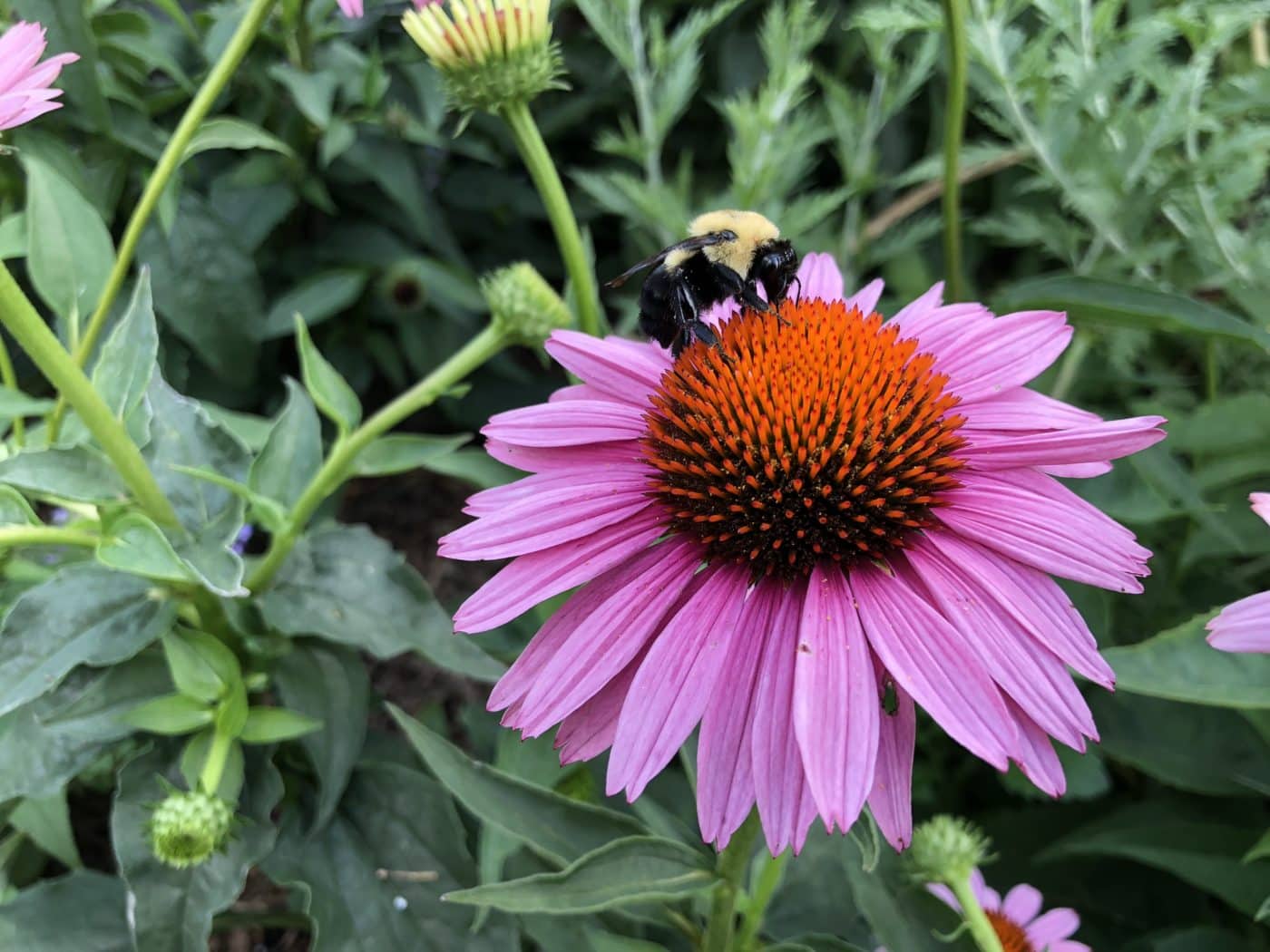
“Not everything does well for me, and I’ve killed plants,” Vince says. “But you keep trying, and you try new things.” A fresh pile of fall foliage might be left as is or shredded to make mulch for the soil. Part of native gardening is being comfortable with what’s not perfect. Her family still has a grass lawn, but she chooses not to spray anything on it. It’s rife with crabgrass and weeds of all kinds.
As a beekeeper, she makes a special point to avoid any pesticides or other chemicals that would harm her hive. The sensitivity both insects and animals show to certain plants or pesticides is something that can’t be overlooked. Something as simple as a lack of nonnative plants can completely throw off the nesting and eating habits of songbirds by repelling the insects they rely on as food and hindering or outright stopping their ability to breed in an area.
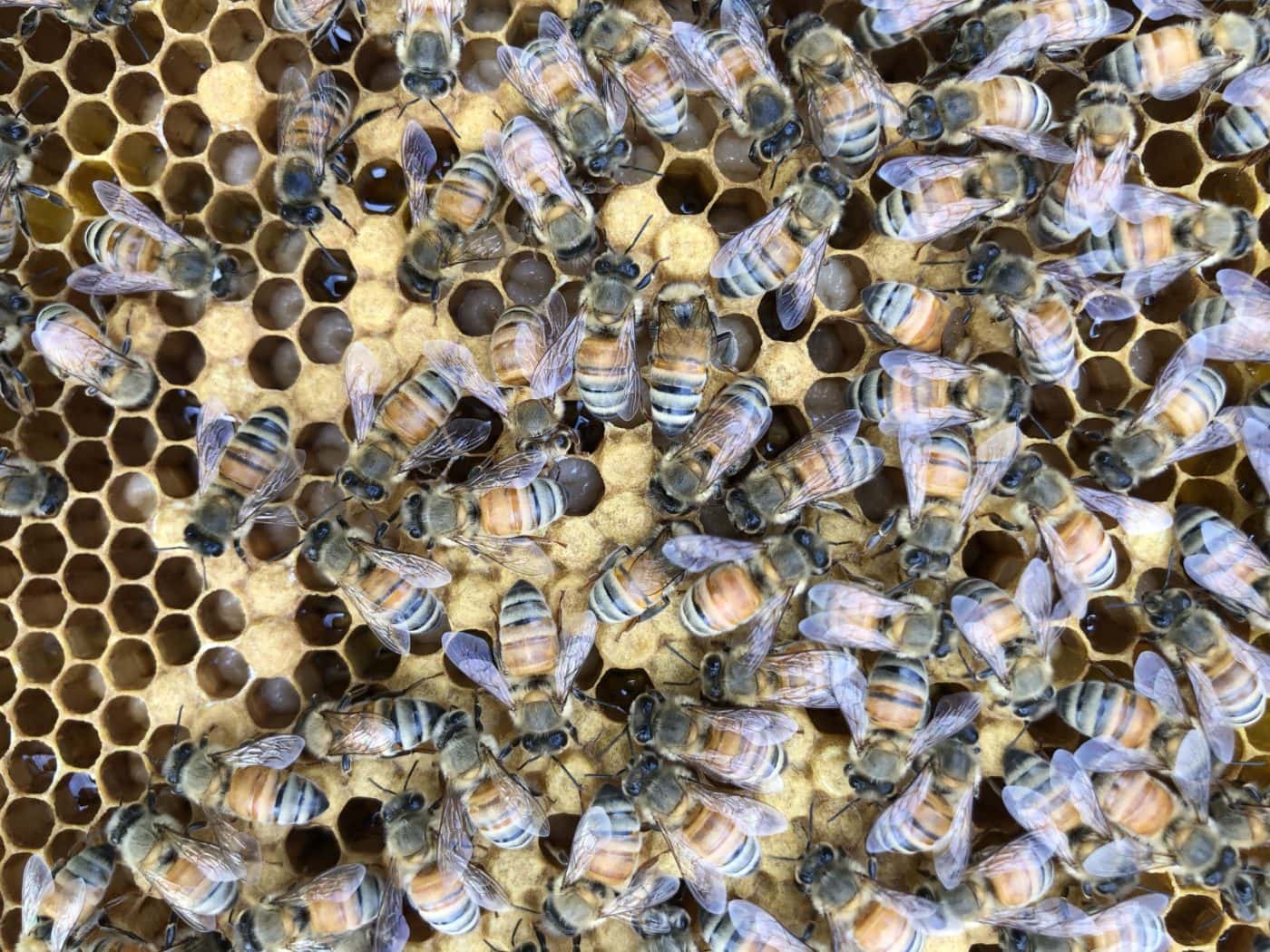
“We have gardened and landscaped throughout the last 300 years to encourage alien plants to replace natives and disrupt ancient ecosystems,” says Diane Greenberg, co-owner of the Catskill Native Nursery. “Our ecosystems do not have the ability to adapt quickly enough to remain stable and healthy, and now we are seeing the consequences in form of far fewer birds, amphibians, bats and insects.”
Here in the Valley, you can see firsthand the damage invasive species have caused. The woolly adelgid was likely introduced on ornamental Japanese hemlocks. It leaves many hemlock trunks looking like coatracks as all but the stubs of their branches fall off before the trees ultimately die. And barberry, another ornamental that got loose from gardeners, supports higher tick populations, helping incubate more Lyme disease.
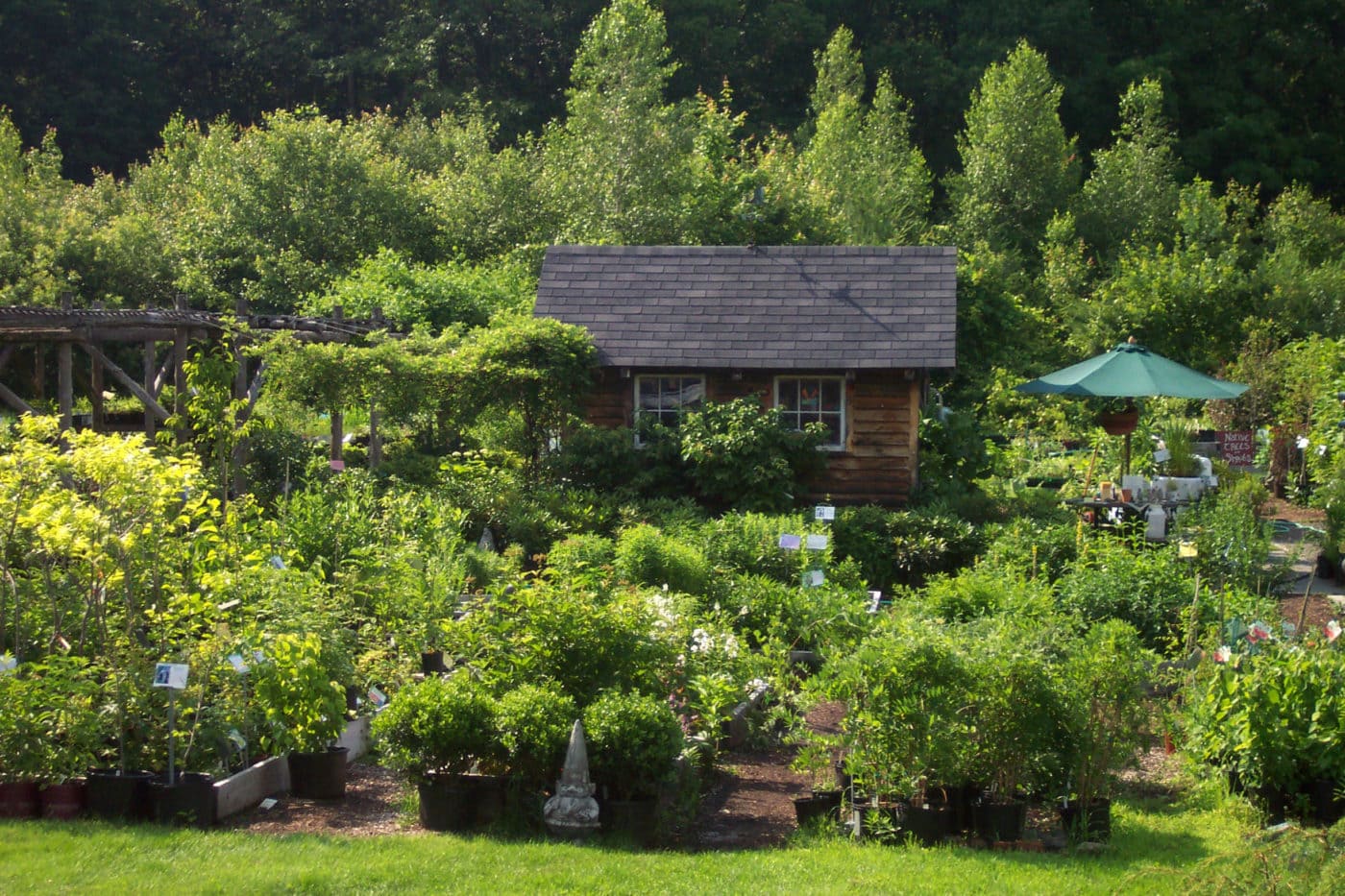
The mutual benefits of a thriving ecosystem become clear if you think beyond wildlife habitat and view humans as a part of nature. Gardening can encompass growing local food or medicinal herbs and include tangible benefits for the body and mind, says Bryan Quinn, founder of One Nature, a landscape construction, plant nursery and consulting business based in Beacon. “The other side of it is that the garden, and the land in general, is an opportunity for self-nourishment,” Quinn says. “So much of our environmental problems come from our own illness or sickness.”
Inspired to do all you can for a balanced earth in your own backyard, or even on your apartment balcony? Starting online, there are a number of resources you can turn to. The Audubon Society maintains a database by ZIP code of native plants that attract birds, and the National Wildlife Federation hosts a similar model focused on benefiting moths and butterflies. Regional native gardening groups and forums are growing, too. And when you plant native, consider marking your action on eco-nectar, an interactive mapping project started in the Hudson Valley.
Offline, consult books, knowledgeable neighbors, your local native plant nursery or a regional resource like the Native Plant Center at Westchester Community College. Between all these sources, it shouldn’t be long before you’ll be able to choose the right plants, ID any invasive species and support more biodiversity in your own backyard.


